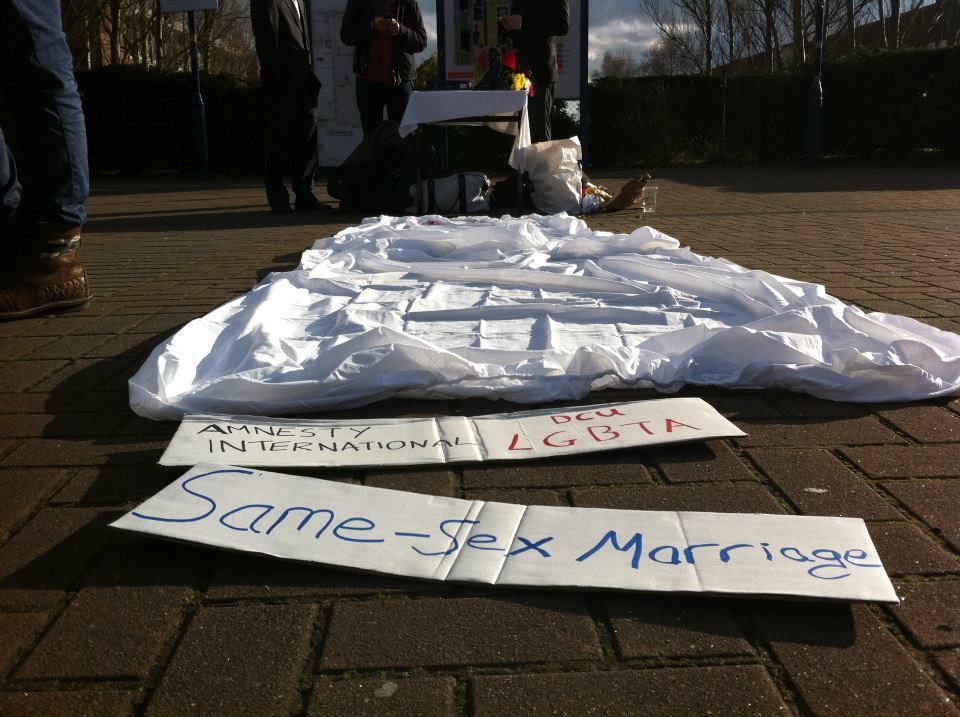
Twenty years ago it was illegal to be gay in Ireland. While gay people were hardly being locked up, before Senator David Norris took his case to the Supreme Court, it was technically illegal to be openly homosexual.
Now, support for same-sex marriage has never been higher, with 73% of people in favour of it being recognised in the Constitution. Compared to just over half before 2008, the jump in support for gay marriage is fairly extreme. The Constitutional Convention overwhelmingly endorsed the recognition of gay marriage last week. The government is also getting in on the act, with almost every major political party calling for a referendum and making a point of marching in the Pride parade. Tánaiste Eamon Gilmore went as far as to famously describe it as “the civil rights issue of our generation.”
In 1983 though, after the Supreme Court rejected Norris’ case, gay marriage was a long way from being endorsed by anyone in government. While Norris successfully appealed the Supreme Court’s ruling to the European Court of Human Rights in 1988, homosexuality wasn’t legal for another five years.
Even after being decriminalised, gay rights wasn’t really a high-profile issue in Ireland for almost a decade. In 2002, Labour and the Green Party were the only two political parties who even referred to gay rights in their manifesto. When civil partnerships were legalised in the UK in 2005, however, the issue began to receive more attention in Ireland and was increasingly covered by the media.
One of the best known cases is that of Katherine Zappone and Ann Louise Gilligan, – cleverly abbreviated to the ‘K & AL’ or ‘KAL’ case – a lesbian couple who attempted to have their Canadian marriage recognised by the state. They famously appeared together on the Late Late Show, declaring their love, and asking for the Irish state to “open up the institution of marriage” to them.
Perhaps one of the biggest steps for same-sex marriage in Ireland was the passing of the Civil Partnership Bill in 2010. This means that same sex couples have many of the rights that married ones do, although they still can’t adopt children.
While some LGBT activist groups, such as MarriageEquality, were disappointed with the Bill for not allowing adoption, Tiernan Brady, a spokesperson for GLEN (Gay and Lesbian Network) says that the introduction of civil partnership has been vital to help shift public opinion. “At the real heart of it is visibility. It’s easy to distrust or be against a concept. It’s much more difficult to look at a human being you know and love and think to yourself ‘this is outrageous’. Civil partnership, for the first time ever, made lesbian and gay couples very visible.”
Although the Constitutional Convention’s ruling is a boost for those calling for a referendum, how effective it will be remains to be seen. The Convention’s vote places no obligation on the government to introduce any laws or hold a referendum, and Enda Kenny still has to state where he stands on the issue. However, if it maintains its current momentum, a referendum on gay marriage is looking more likely with every passing day.
By Paul O’Donoghue, Features Editor
Image Credit: DCU Amnesty International

Leave a Reply